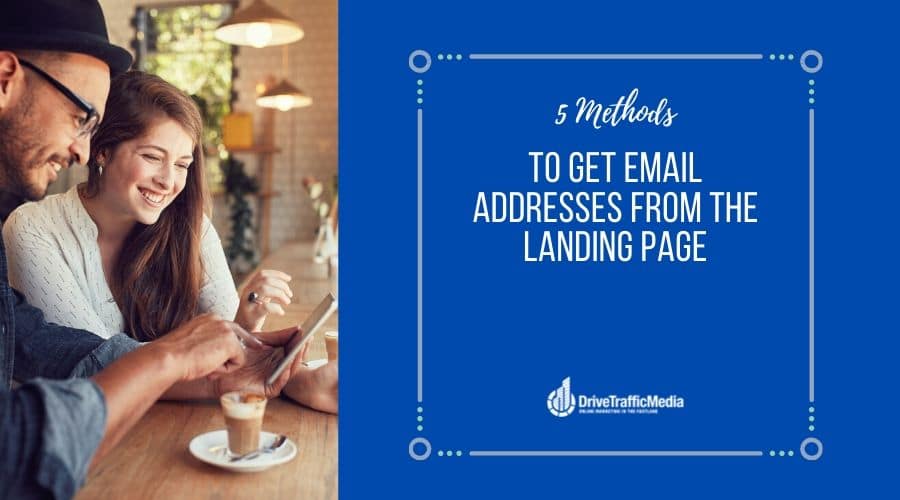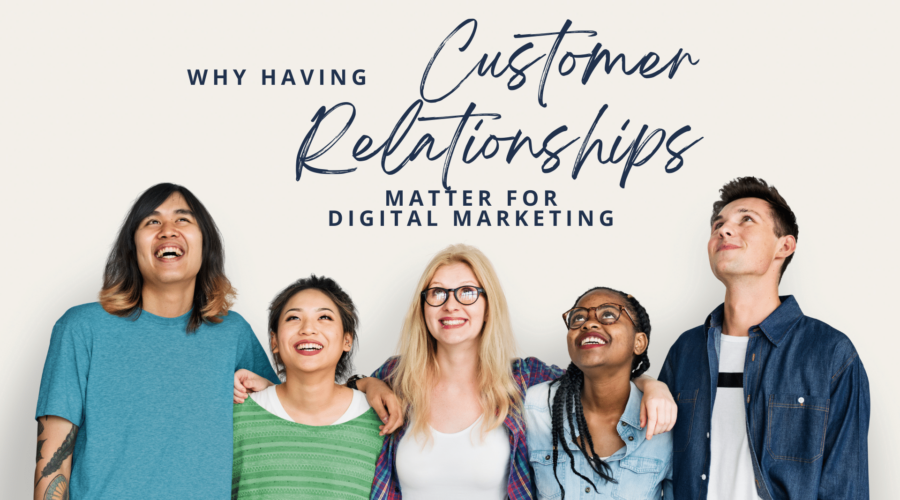Many digital marketing agencies in Los Angeles use landing pages as their go-to way of making direct sales online that aims at conversion. Just a quick reminder, when we say conversion, it means the act of getting as many visitors you can to the landing page to place orders.
There are some internet marketers who focus on the conversion as well as the search engine optimization when they are writing out the landing page copy. Using keyword selection and meta tag creation can boost traffic since it increases the site’s search engine ranking.
However, apart from all this, even the most experienced marketers are burdened with the third performance metric, which is capturing email addresses. Imagine you had a two percent conversion rate, then for every 100 visitors to the landing page, just two of them actually purchase something. The million-dollar question is what happened to the other 98 visitors? You can’t add their email address to a list unless you integrate an intentional approach into your landing page to capture them.
Take a look below at the five ways to capture the email addresses of your landing page visitors who don’t buy. Every landing page you work on should use at least one.
Squeeze Page
A squeeze page is sometimes referred to as a preview page and they are short landing pages that need visitors to register using their name and email address before they can even continue to read the long-copy landing page.
There have been instances when the long-copy landing page itself is placed as a “report” so visitors can read it after they register. To get this to work, the landing page has to be written in an informative, educational style. Also, many squeeze pages provide premium content, for instance, a free report when visitors just submit their email address. Individuals who are also looking for snail mail, as well as email addresses, make the premium a physical object that has to be shipped, such as a free CD.
Squeeze pages are most effective when your primary source of traffic is organic and paid search. The reason for this is because search visitors that come to your site are only slightly qualified, which means they decided to visit you after seeing a couple of words in a search engine description or paid Google ad. So, they may not be so willing to read a lot of copy from an unexplored source. The squeeze page’s purpose is to allow these visitors to get to know a brief idea of what the business does in just a few short and sweet sentences.
The primary benefit that the Los Angeles digital marketing agency gets out of their squeeze pages is that they guarantee that an email address is captured from every visitor who reads the full landing pages. Furthermore, these visitors have been pre-qualified when it comes to their interest in the topic, and are most likely to read through the long copy.
Ezine Sign-Up Box
The ezine sign-up box is a box where visitors can gain access to a free newsletter subscription when they just enter their name and email address. The ezine sign up box positioned notably on the first screen is a universally applied method of email capture for websites, but it’s less frequently used for microsites and landing pages. The reason for this is that if the headline and lead correctly engage the visitor’s attention, they won’t be interested in signing up, they will only read. So, if they lose interest or reach the end but don’t make a purchase, and click away, you haven’t captured their email address.
Email Capture Sidebar
An email capture sidebar forms, which are built into the main landing page as sidebars. Also, they offer something free. With a long-copy landing page, the email capture sidebar usually emerges early, normally on the second or third screen, and might be repeated one or more times throughout the page.
The disadvantage of the email capture sidebar is that the prospective customer notices it before they even get as far as the sales letter, and hence before you finished selling them and are asked for an order. Therefore, the liability is that that if you are trying to sell a product that is in the educational sector, for example how to speak German, and the email capture sidebar offers a free German lesson, the visitor will go for the free offer rather than spending money on what they have to pay for.
Floater
A floater works and looks a lot like a pop-up window, however, it really is just part of the landing page’s HTML code, and that is why it doesn’t get block by a pop-up blocker. The floater obstructs a fraction of the landing page when you click onto the website. You can type in your email or click the floater. Each of the two actions eliminates the floater and lets you see the entire landing page.
Pop-Under
Pop-unders occur when the visitor tries to click away from the landing page without having made a purchase. This is when a window shows up telling them, “Hey! Don’t leave us without claiming your free gift.”
The main benefit of a pop-under is that your visitors only notice it after they have read to the mark where they are leaving without ordering and the free offer does not coincide with or confuse visitors from the paid product offer. The downside is that about 25 percent of U.S. internet users operate pop-up blockers on their devices, which prevents the pop-under from showing up.
As you have probably noticed by now, Drive Traffic Media, a digital marketing agency in Los Angeles uses any of these email capture methods since they provide some kind of free content. Most of the time, it’s a downloadable PDF report, an e-course sent through an auto-responder, or an ezine subscription in exchange for the visitor’s email address. However, you have to be careful and stay aware. The Google algorithm is constantly changing and has started to penalize websites with floaters because they block the homepage until the visitor clicks out of them.




